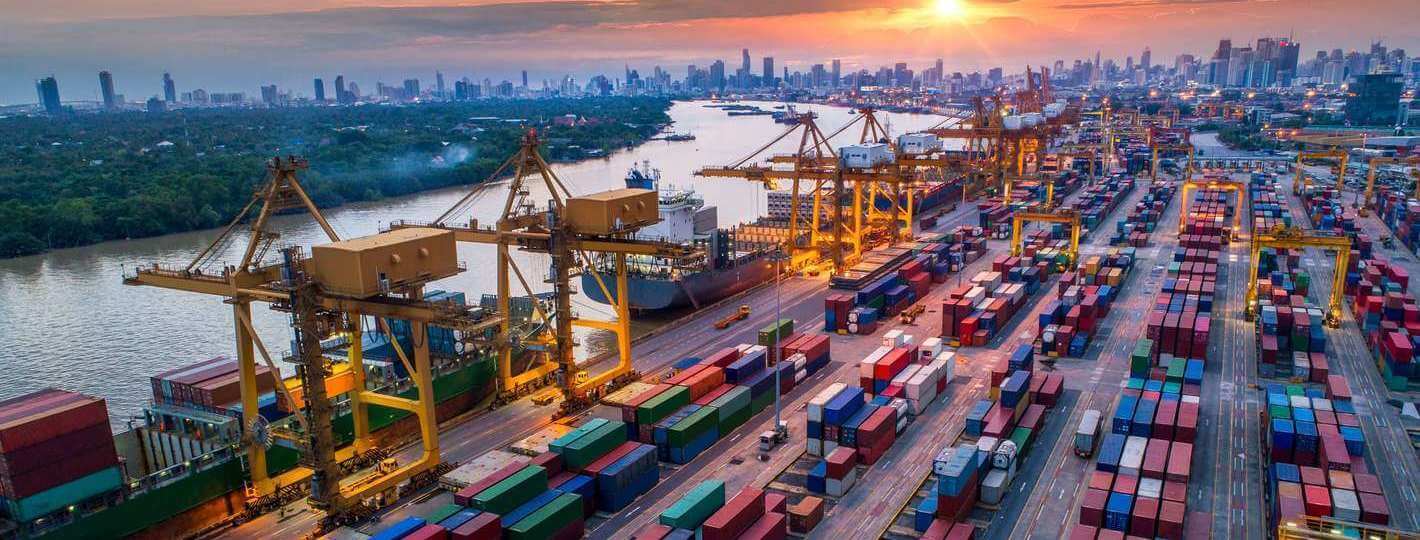
At an international gathering on Transfer Pricing (TP) a few years ago, one of the attendees asked the speaker (loosely translated): Why so much attention to TP when the checks carried out by the tax authorities seem to be limited? In his response, the speaker compared TP to the universe: It just keeps growing and there’s all this stuff flying through the air. As long as it doesn’t hit your company, there’s nothing to worry about, but if it does, ‘then it will hit you hard’. I thought it was a nice metaphor, and certainly when it comes to TP it is better to be in control. But how then can I be in control?
The brand new policy decision by the State Secretary in April 2018 offers a good reason to take a fresh look at TP and to consider why it is so important to the multinational entrepreneur.[1]
What is transfer pricing?
Transfer pricing is nothing more than the determination of an arm’s length price for internal services between entities in multinational enterprises. Of all the trade in the world, around 70% is conducted within corporations. For example, I assist a company that is involved in manufacturing conveyor belts for bulk goods. The conveyor belts are designed, and their bodywork is made, by the parent company in Belgium; they are then fully fitted out and dispatched in the Netherlands. There is a stream of deliveries, services, finance and personnel movements between the group entities in the Netherlands and Belgium. On the basis of the at arm’s length principle, these group entities are deemed to be trading with each other under the same terms as independent third parties would also be trading with one another: at market prices.
Multinational enterprises are legally obliged to keep transfer pricing documentation among their records in which they substantiate the transfer prices which they have operated. Obviously, we ask our clients to pay attention to this. But a nice trend that we are seeing in our practice is that more and more multinational entrepreneurs are already putting TP on the agenda themselves. That is a good development because TP is easy to follow, broadly speaking, but its execution is very complex. It calls for close collaboration between the tax advisor and the client. This unified approach results in documentation that combines the entrepreneur’s internal knowledge of the business with our professional knowledge and experience. This makes drawing up TP documentation a really pleasant process as well. But how do we produce TP documentation?
How do we produce TP documentation?
There is no prescribed form for TP documentation[2] but, due to the development of TP in fiscal practice over many years, it now has a particular fixed composition and structure which prevent the provision of certain required information from being overlooked. The report begins with a brief outline of the company, a bit of history, a description of its operations, a description of the geographical markets in which it operates and a schematic of its group structure clarifying its growth into a multinational.
After this more general description we zoom in further on the company. Where are the core functions of the business located? Think of sales, purchasing, manufacturing, research & development, HR and, of course, the management. Where are the enterprise’s assets, premises, machinery and installations, and intellectual property, etc. located?
Then we come to the crux of the report. How do these different functions work with each other, and what transaction flows between the group entities can be identified? At what transfer prices do these transaction flows take place, and what (prescribed) method(s) is (are) used to determine the transfer prices? Finally, the key question: Is this also a price that would have been agreed between independent third parties and how can that be substantiated?
Congratulations, you are compliant
Completing the TP documentation means that you have fulfilled your statutory documentation obligations, and that is something worth celebrating. You will avoid (costly) discussions with the tax authorities in which you are already trailing 2-0, by the way, if you do not have TP documentation. After all, the Tax and Customs Administration only has to dispute the arm’s length nature of certain transactions and you then have to prove the opposite. With top-quality TP documentation you are in a somewhat stronger position in that regard. Is TP already on your agenda?
[1] By multinational entrepreneur I mean an entrepreneur located in multiple countries through a legal entity or (permanent) establishment from where business operations take place.
[2] There are, however, specific requirements (master file and local file) if the consolidated group turnover is > 50 million.
